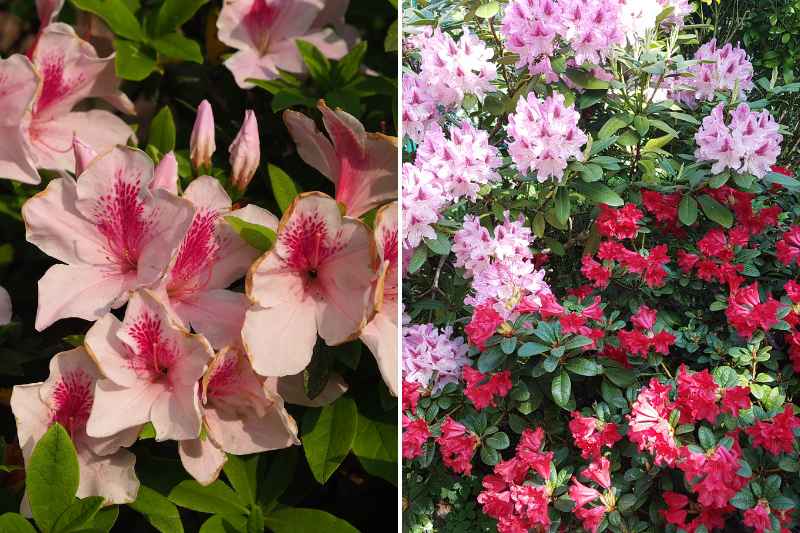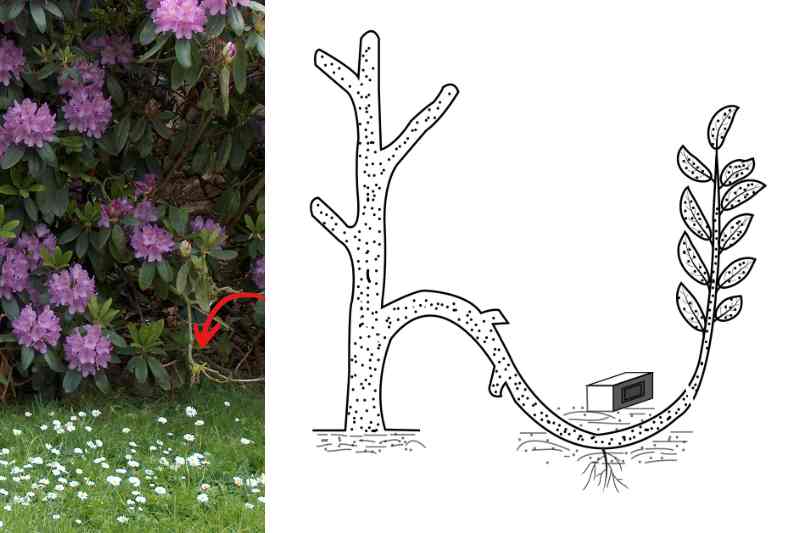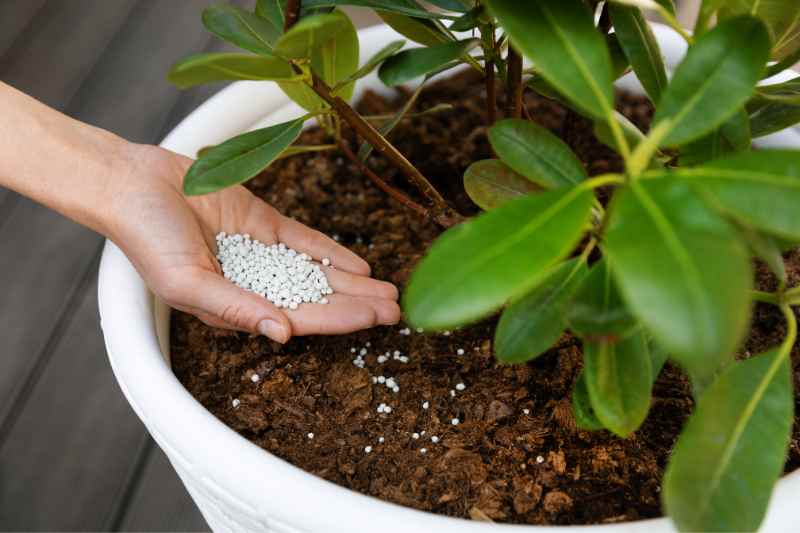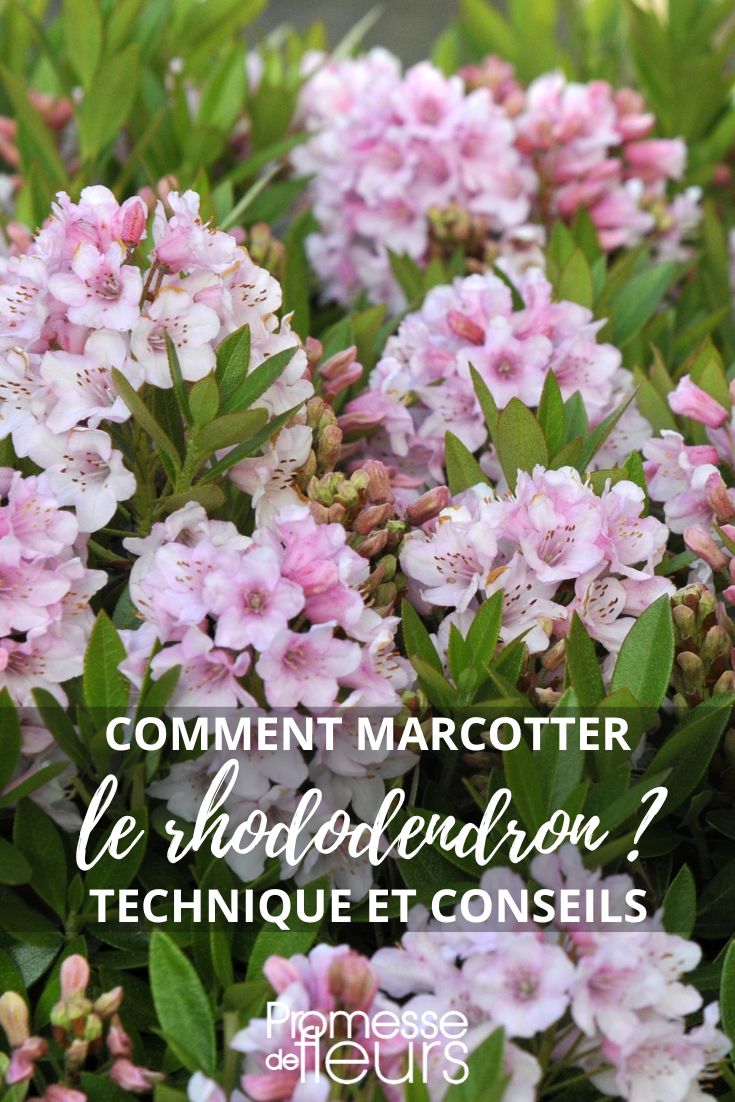The rhododendron is a bush cherished for its spectacular flowering and evergreen leaf. It finds its place in many gardens, adding a colourful touch in spring. Propagating the rhododendron allows you to faithfully reproduce its characteristics, enrich your garden with new bushes, and share this plant with other enthusiasts. Layering is an effective method to achieve this.
Rhododendrons (and Azaleas): Gems of Our Gardens
Rhododendrons are essential bushes for shady gardens. Their abundant and colourful flowering brightens shaded spaces in spring and early summer. These heather soil plants, appreciated for their hardiness and longevity, adapt to various types of gardens. Their evergreen leaf (for most) and numerous varieties make them ideal choices for creating varied and colourful beds. Rhododendrons pair beautifully with other heather soil plants, offering stunning floral compositions. Finally, their slow growth makes them suitable for small spaces and pot cultivation.
To learn more, read Rhododendrons: Planting, Cultivation, Care, and Pruning.

Why Propagate Rhododendrons?
Propagating rhododendrons offers several advantages:
- Faithful reproduction: layering ensures an exact copy of the parent plant, preserving its aesthetic qualities and resistance.
- Garden adaptation: new plants, originating from your own garden, are already acclimatised to your environment.
- Economy: producing your own young plants reduces expenses related to buying new ones.
- Sharing: gifting plants from your garden is a gesture appreciated among gardeners.
Rhododendrons can also be propagated by propagation by cuttings. This technique is quicker but has a lower success rate. Read our article: How to Propagate Rhododendrons by Cuttings?
When to Propagate Rhododendrons by Layering?
The ideal time to layer rhododendrons is in spring or autumn, when the plant is in full growth and climatic conditions are favourable. Avoid periods of frost or extreme heat to maximise success chances.
Materials Needed to Propagate Rhododendrons
- Pruning shear clean and acute
- Knife clean and acute to make the incision on the branch.
- U-shaped hooks to hold the branch in place in the soil.
- Stake to support the end of the layered branch.
- Root activator (facultative)
- Compost and sand to improve the soil structure at the layering site if needed.
- Watering can
Practical Steps to Layer Rhododendrons
Simple layering is particularly suited to rhododendrons. The success rate of layering rhododendrons is generally high, often reaching 80 to 90%, provided good practices are followed. This propagation method is the most reliable for rhododendrons, as the branch remains attached to the parent plant and continues to receive nutrients until roots appear. Here are the steps to follow:
- Branch selection: choose a low, flexible, and vigorous branch, close to the ground. Also select a branch with well-developed buds to speed up root emission.
- Branch preparation: remove the leaves on the portion to be buried and make a slight oblique incision below a bud to encourage root emission.
- Soil preparation: loosen the soil where the branch will be buried and improve it with a mix of compost and sand to enhance drainage.
- Placement: bend the branch towards the ground, place the incised part in the prepared trench, then cover it with soil for about 10-15 cm. Use a U-shaped hook (or, if necessary, a stone) to hold the branch in place.

- Staking: straighten the free end of the branch and tie it to a stake to keep it vertical.
- Watering: water generously after placement and keep the soil moist throughout the rooting period. Monitor the layering area regularly to ensure it doesn’t dry out or rot.
Be patient: generally, it takes between 12 and 18 months before the young plant can be separated from the parent plant and transplanted permanently.
Mistakes to Avoid
- Burying the branch too deeply → risk of rot.
- Using soil that’s too compact → hinders root formation.
- Not watering regularly → slows down rooting.
- Separating the branch too early → the young plant won’t survive.
After Propagation: Care and Maintenance
Once the layered branch is well established, ensure follow-up to guarantee its proper development.
- Regular watering: keep the soil slightly moist around the layering area, especially during dry spells.
- Protection against weather: if the season is too wet, lightly cover the area with mulch to prevent rotting.
- Rooting observation: after 6 to 12 months, check if roots have appeared by gently scraping the soil around the layering point.
- Plant separation: once rooting is confirmed, cut the branch at the parent plant level with a clean pruning shear.
- Transplantation: immediately replant your young rhododendron in a pot with a mix of compost and heather soil or directly in the ground in a semi-shaded spot.
- Follow-up and fertilisation: water regularly after transplantation and add fertiliser suitable for heather soil plants to encourage growth.

































Comments